Snow Leopards Master the Art of Mountain Survival
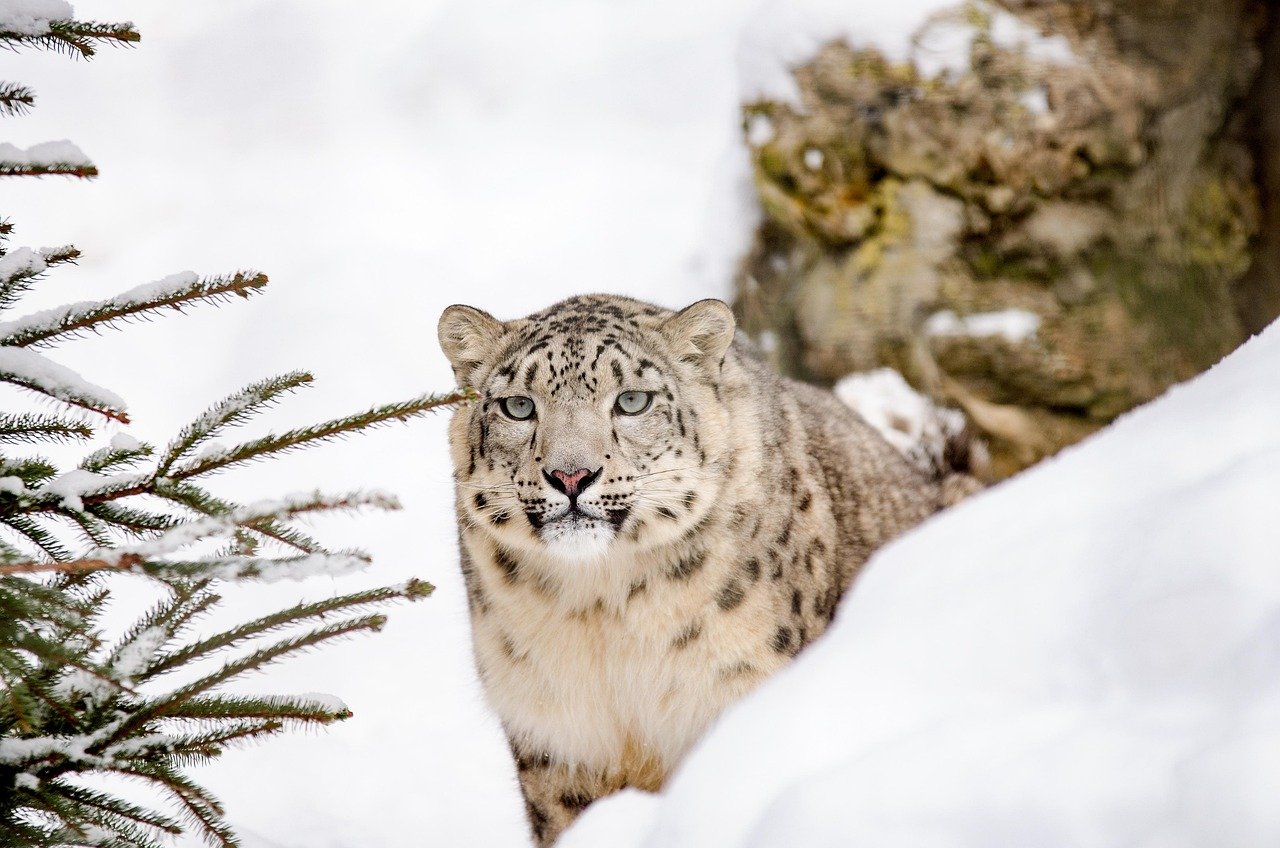
Picture this: temperatures dropping to -40°F, winds howling at 100 mph, and oxygen levels that would make most mammals gasp for air. Yet snow leopards call these brutal Himalayan peaks home, thriving where few creatures dare to venture.
Their secret weapon? Those massive paws work like natural snowshoes, distributing weight across loose snow and rocky terrain. Their thick, smoky-gray coat isn’t just beautiful—it’s a survival masterpiece with dense undercoat that traps warm air.
Siberian Tigers Embrace the Frozen Wilderness
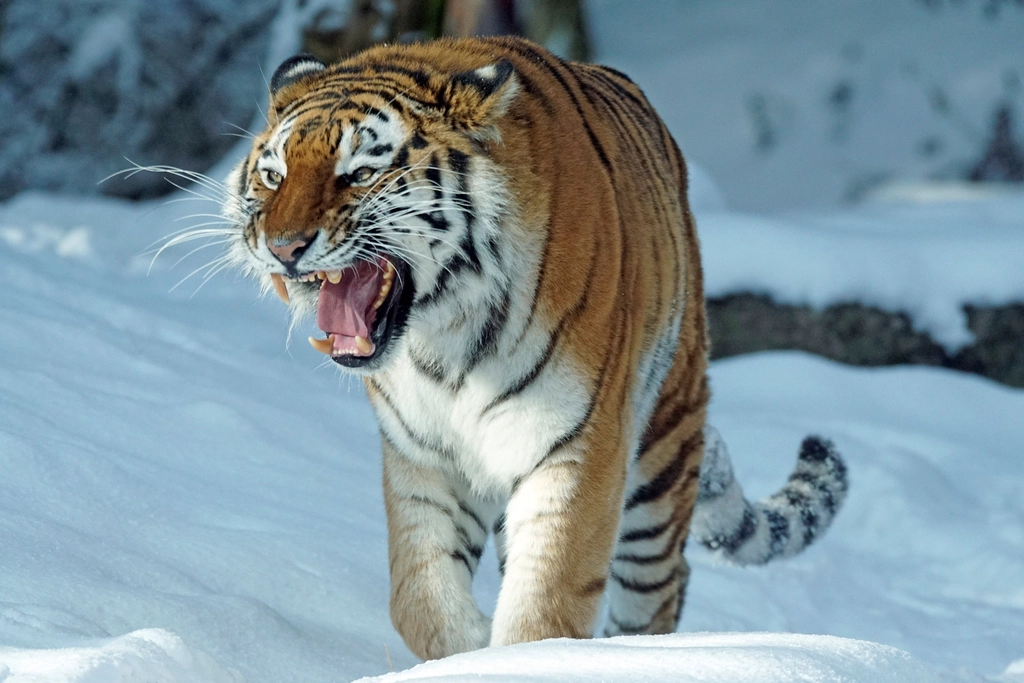
While most cats flee from winter, Siberian tigers actually get stronger as temperatures plummet. These magnificent beasts roam through Russian forests where winter temperatures hit -60°F, making them the ultimate cold-weather survivors.
Their coat grows incredibly thick during winter months, almost doubling in density. What’s truly remarkable is their hunting strategy—they can track prey through snow for miles, using their incredible sense of smell to detect animals beneath frozen ground.
African Lions Conquer Scorching Desert Heat

The Kalahari Desert isn’t exactly what you’d call lion-friendly territory. With daytime temperatures soaring above 120°F and water sources scarce, these cats have developed some seriously impressive survival tactics.
Desert lions have learned to get most of their water from prey, rarely needing to drink directly. They’ve also mastered the art of timing, hunting during cooler hours and seeking shade during the day’s brutal heat.
Jaguars Navigate Flooded Rainforest Terrain
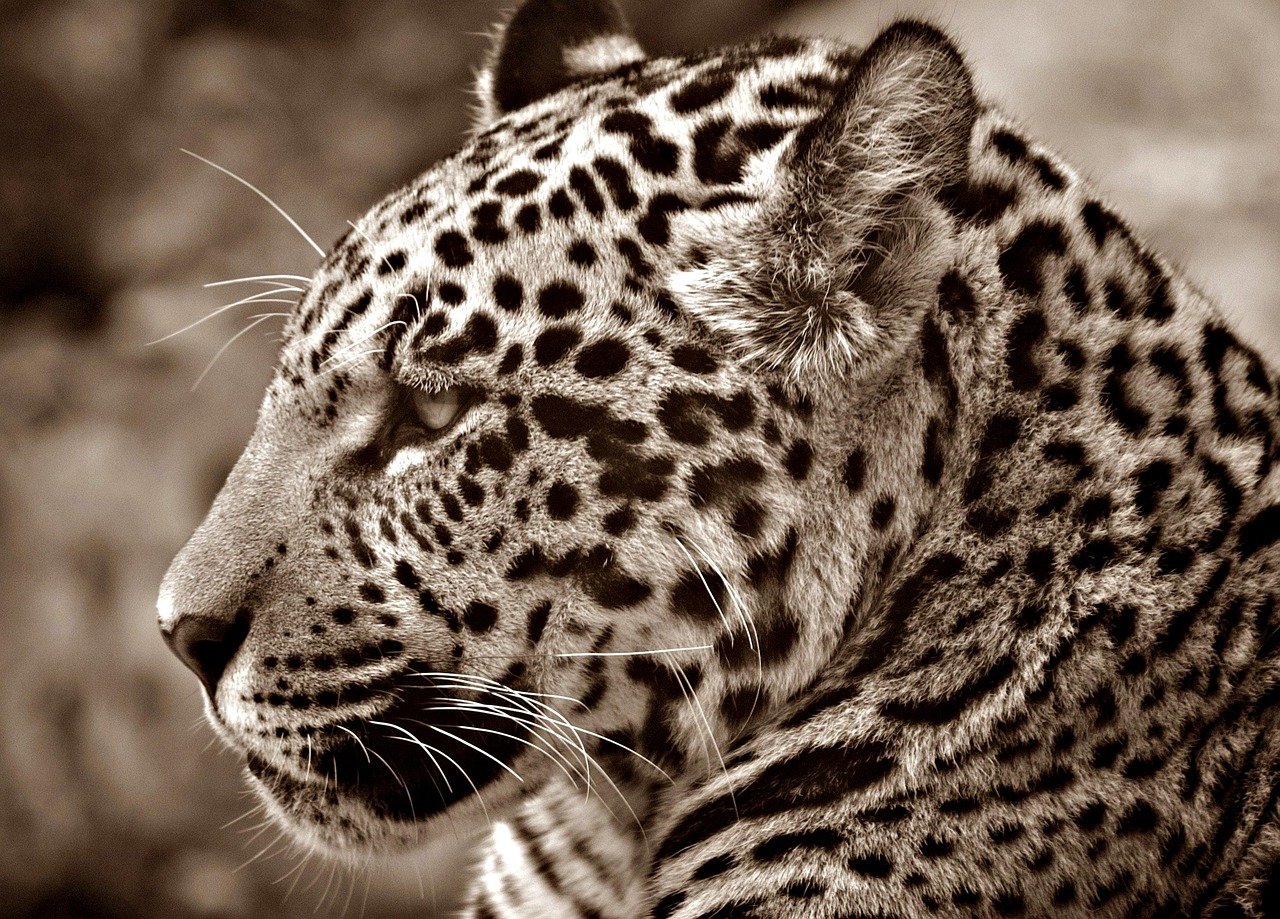
When the Amazon floods, most animals flee to higher ground. Not jaguars—they embrace the challenge like aquatic ninjas. These powerful cats are exceptional swimmers, often hunting caimans and fish in murky waters.
Their incredible bite force, the strongest among big cats, allows them to crack turtle shells and crush bones. During flood season, they’ve been spotted swimming between trees, making the flooded forest their personal hunting ground.
Mountain Lions Adapt to Extreme Altitude Changes
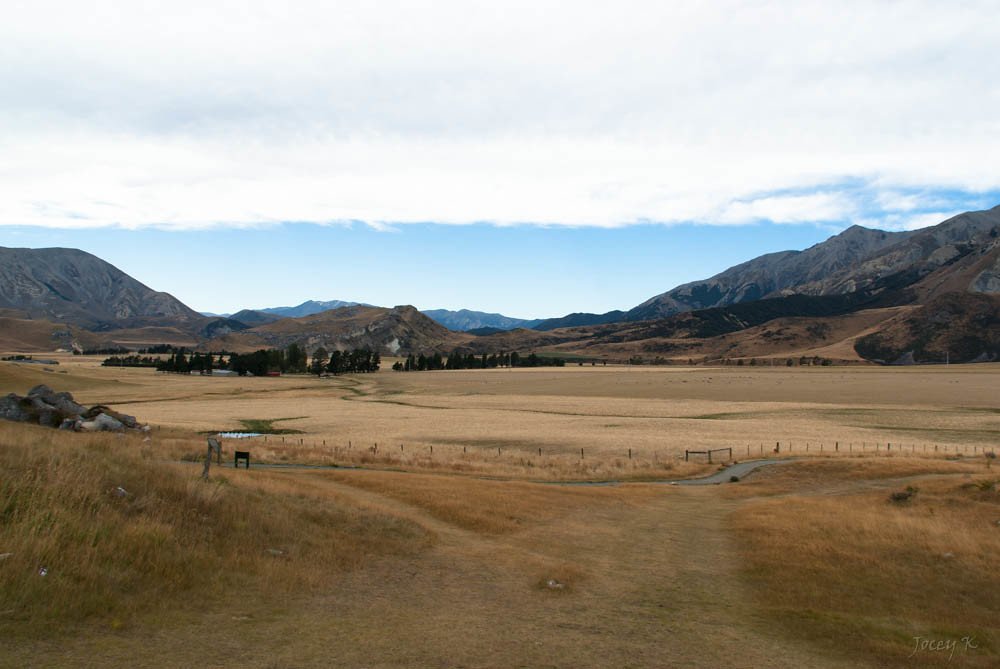
From sea level to 19,000 feet above ground, mountain lions have mastered life across the most diverse altitude range of any wild cat. Their bodies adjust to thin air and dramatic temperature swings with remarkable efficiency.
These adaptable hunters can regulate their metabolism based on altitude and available prey. In high mountains, they develop larger lung capacity and stronger hearts to pump blood through oxygen-starved environments.
Lynx Dominate the Boreal Forest’s Harsh Winters
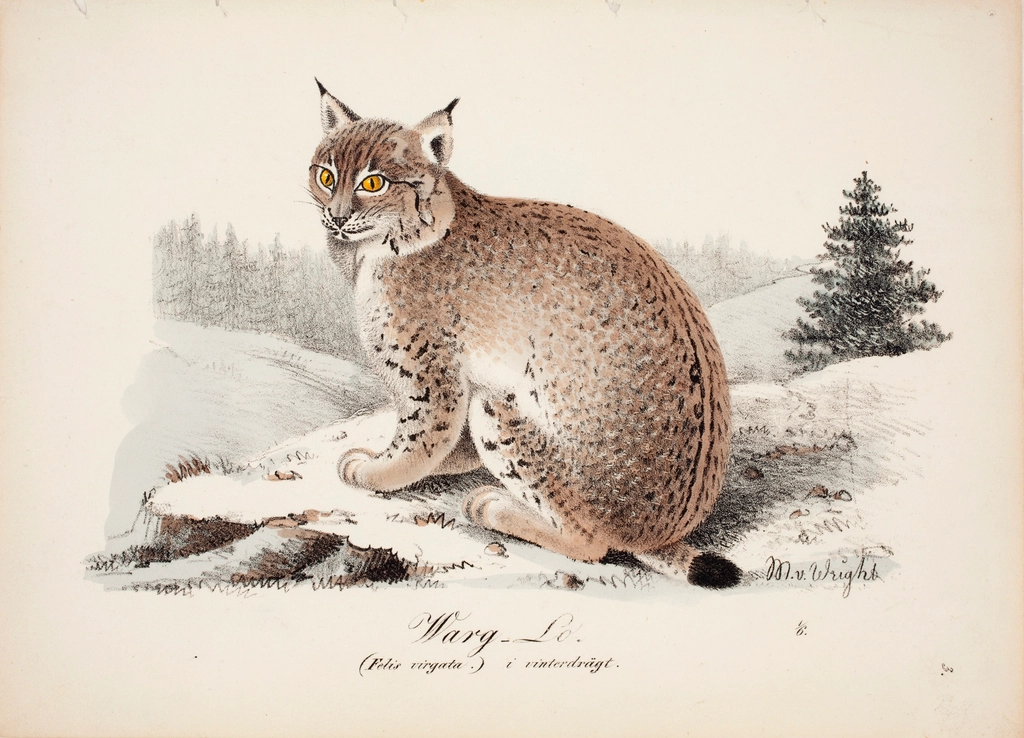
Canadian lynx have turned winter survival into an art form. Their oversized paws work like built-in snowshoes, allowing them to chase snowshoe hares across deep powder without sinking.
Their ear tufts aren’t just for show—they enhance hearing to detect prey moving beneath snow. During the harshest winters, lynx populations fluctuate dramatically with their primary prey, showing nature’s delicate balance in action.
Pumas Thrive in Patagonia’s Windswept Landscapes
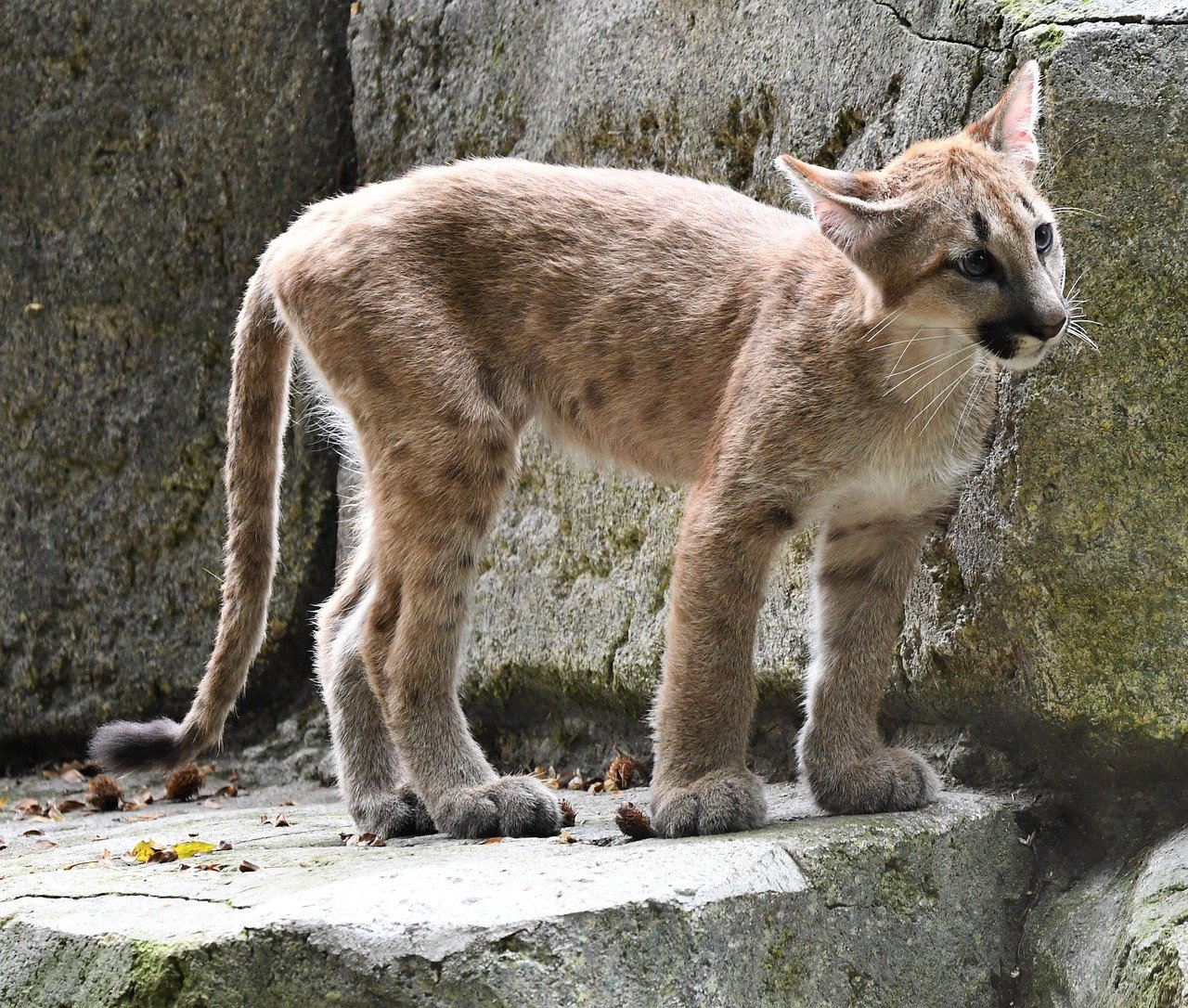
Patagonian pumas face some of the world’s most brutal weather conditions. Constant winds exceeding 70 mph, sudden temperature drops, and scarce vegetation create a survival challenge that would defeat most predators.
These remarkable cats have developed incredible patience and endurance. They can stalk guanacos for hours across open plains, using terrain features to approach prey despite having virtually no cover for camouflage.
The Secret Behind Their Climate Mastery
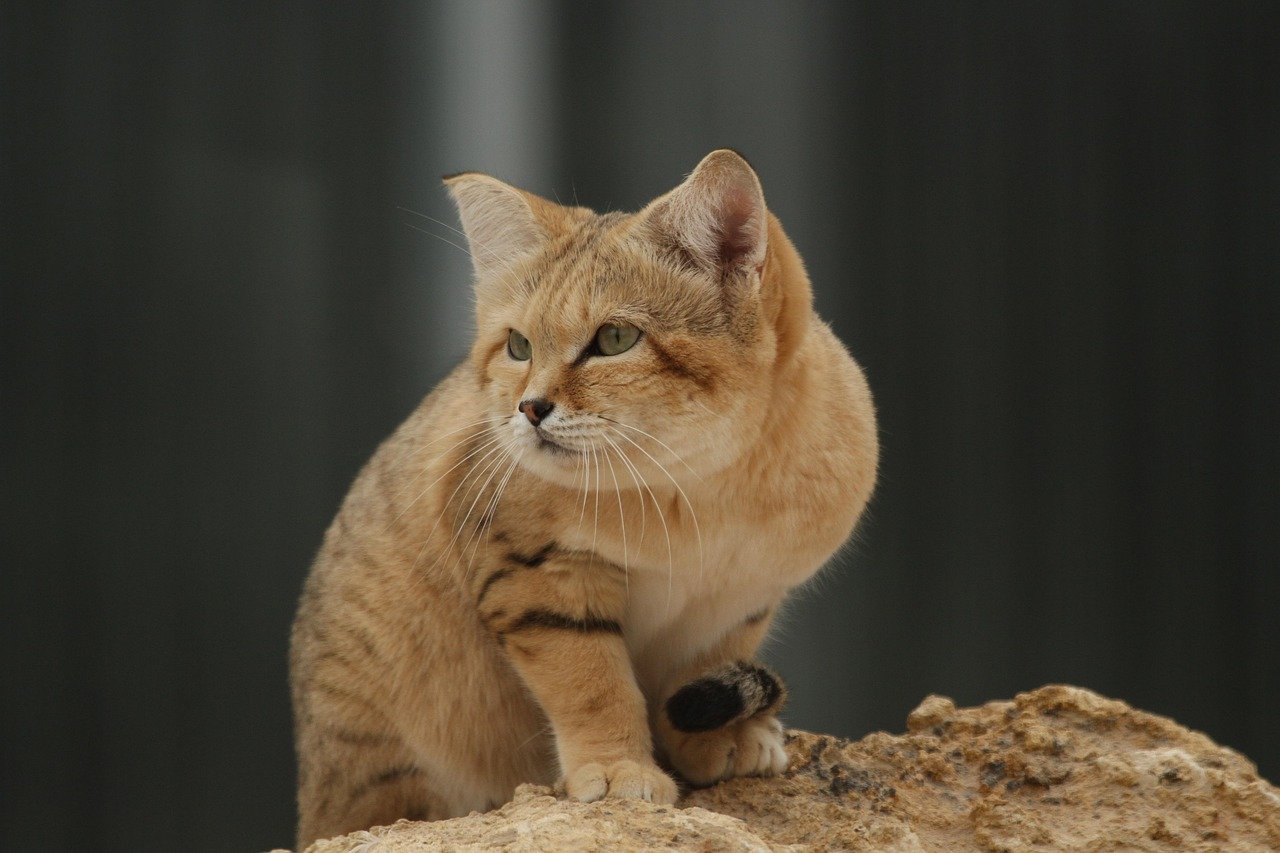
What makes these big cats such incredible survivors isn’t just physical adaptation—it’s their remarkable behavioral flexibility. Each species has developed unique hunting strategies, social structures, and daily routines perfectly suited to their harsh environments.
Their success stories remind us that nature’s most challenging conditions often produce the most extraordinary adaptations. These cats don’t just survive in extreme climates—they absolutely dominate them.
Future Challenges for Climate-Adapted Cats

Climate change poses new threats to these perfectly adapted predators. Rising temperatures affect snow leopard territories, while changing precipitation patterns disrupt the delicate balance that desert lions have mastered over generations.
Conservation efforts now focus on protecting not just the cats themselves, but the specific climate conditions that made their incredible adaptations possible. The race is on to preserve these natural survival masterpieces.
Conclusion: Nature’s Ultimate Survivors
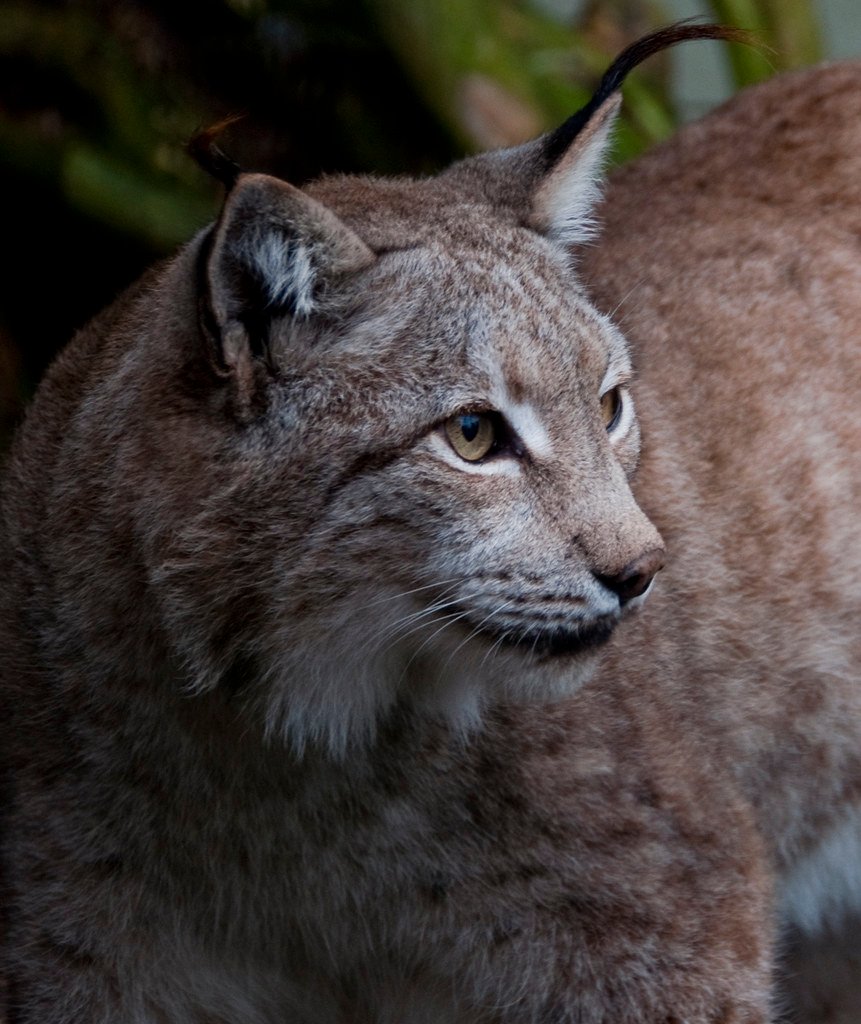
These seven big cats prove that with the right adaptations, no environment is too harsh to conquer. From frozen tundra to scorching deserts, they’ve mastered survival in conditions that would challenge any creature on Earth.
Their incredible stories of resilience and adaptation continue to inspire researchers and wildlife enthusiasts worldwide. Which of these climate-conquering cats amazes you most with their survival skills?

Esther is from India; the heartbeat of South Asia, holding a Master’s degree in Zoology and a postgraduate diploma in Animal Welfare. Her enthusiasm for animal welfare drives her passion and dedication to work for animals, ensuring their well-being and advocating for their rights. With a solid academic background and hands-on experience, she is committed to making a positive impact in the field of animal welfare. In her free time, she enjoys embroidery and sewing. As a Chennaite from Tamil Nadu, Esther loves Bharathanatyam, an Indian classical dance form.






